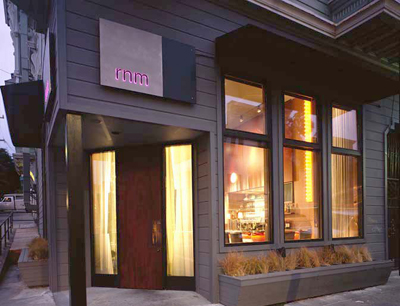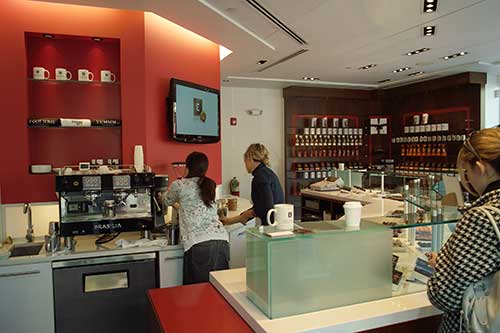My primary computer is a dual 2GHz PowerMac G5 until I can upgrade it with a Nehalem Mac Pro, most likely around the end of the year or early next year. I bought it in 2004, along with a 23″ Apple Cinema HD (the old pinstripe plastic bezel kind with an ADC connector). Unfortunately, about a year ago the CCFL backlight on the monitor started turning pink from old age, and thus unusable in a properly color-managed photographic workflow.
I used that as an excuse to splurge on a humongous (and agoraphobia-inducing) HP LP3065 30 inch LCD monitor after reading the glowing reviews. The two features that sold me were the enhanced color gamut (the only way to improve that would be to get a $6000 Samsung XL30, something I am not quite prepared to do), and the fact it has 3 built-in DVI ports, so it can easily be shared by multiple computers (assuming they support dual-link DVI, which unfortunately my basic spec Sun Ultra 40 M2 does not). The fact it was 25% less expensive than the Apple 30″ Cinema Display helped, of course.
About 6 months ago, I discovered there was a fine pink vertical line running across the entire height of the monitor, roughly 25 centimeters from the left. Since I primarily use that monitor for photo (the primary monitor for Mail, web browsing or terminals remains the Apple), at first I worried there was a defect with my camera. I managed to reproduce the problem with my MacBook Pro (they have dual-link DVI, unlike lesser laptops), and called HP support (the 3 year HP warranty was also an important consideration when I purchased).
My first support call in November 2007 went well, and the tech told me I would be contacted to arrange for an on-site exchange. This is a seriously heavy monitor and I did not relish the idea of lugging it back to FedEx, so getting premium support for a business-class monitor sounded an attractive proposition. Unfortunately, they never did call back, and as I had other pressing matters to attend to involving international travel, I just put it out of my mind (it is a very subtle flaw that is not even always visible).
I only got around to calling them back a few weeks ago. Unlike in November, I was given the run-around with various customer service reps in India until I was finally routed to a pleasant (and competent) tech in a suburb of Vancouver (the US dollar going in the direction it is, you have to wonder how much longer before HP outsources those call centers back to the US). The problem is not with Indian call centers, in any case, all but one of the CSRs were very polite (I suspect Indians learn more patience as they grow up than pampered Americans or Europeans would). The problem is poorly organized support processes and asinine scripts they are required to go through if they want to keep their jobs. In any case, the Canadian rep managed to find the FRU number and also told me someone would call to schedule an appointment. Someone did call this time, to let me know the part was back-ordered and they would call me when it becomes available.
This morning, as I was heading for the shower, my intercom buzzed. It was a DHL delivery man with the replacement monitor. I had to open the door to him in my bath robe. Naturally, nobody at HP bothered to notify me and had I left earlier, I would have missed him altogether.
One of the great things about Apple products is that if you live near an Apple store, you can just stop by their pretentiously-named Genius bars and get support for free (though not free repairs for out-of-warranty products, obviously). I now have a fully working HP monitor again, so I suppose I can’t complain too loudly, but the Apple monitor with the sterling support looks like the true bargain in hindsight.


